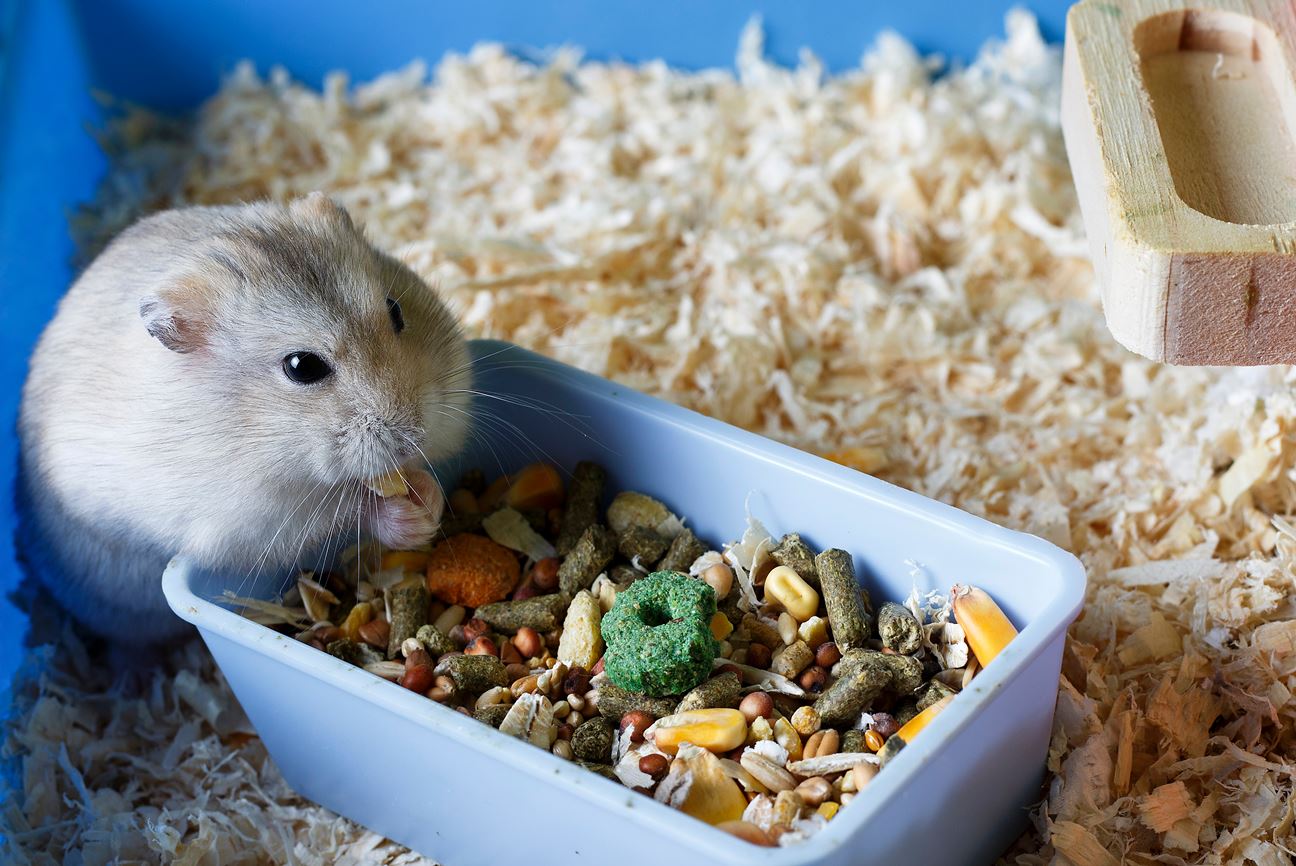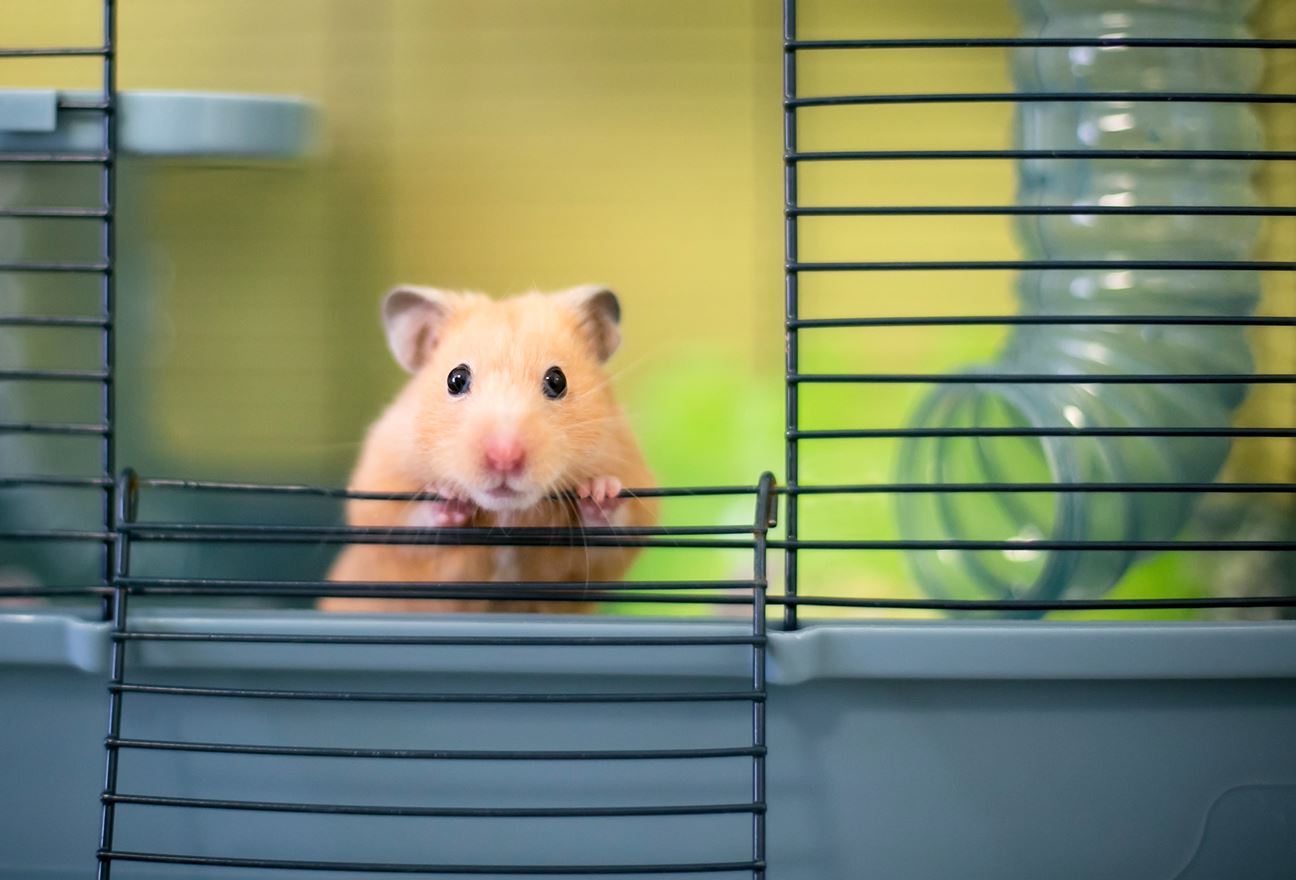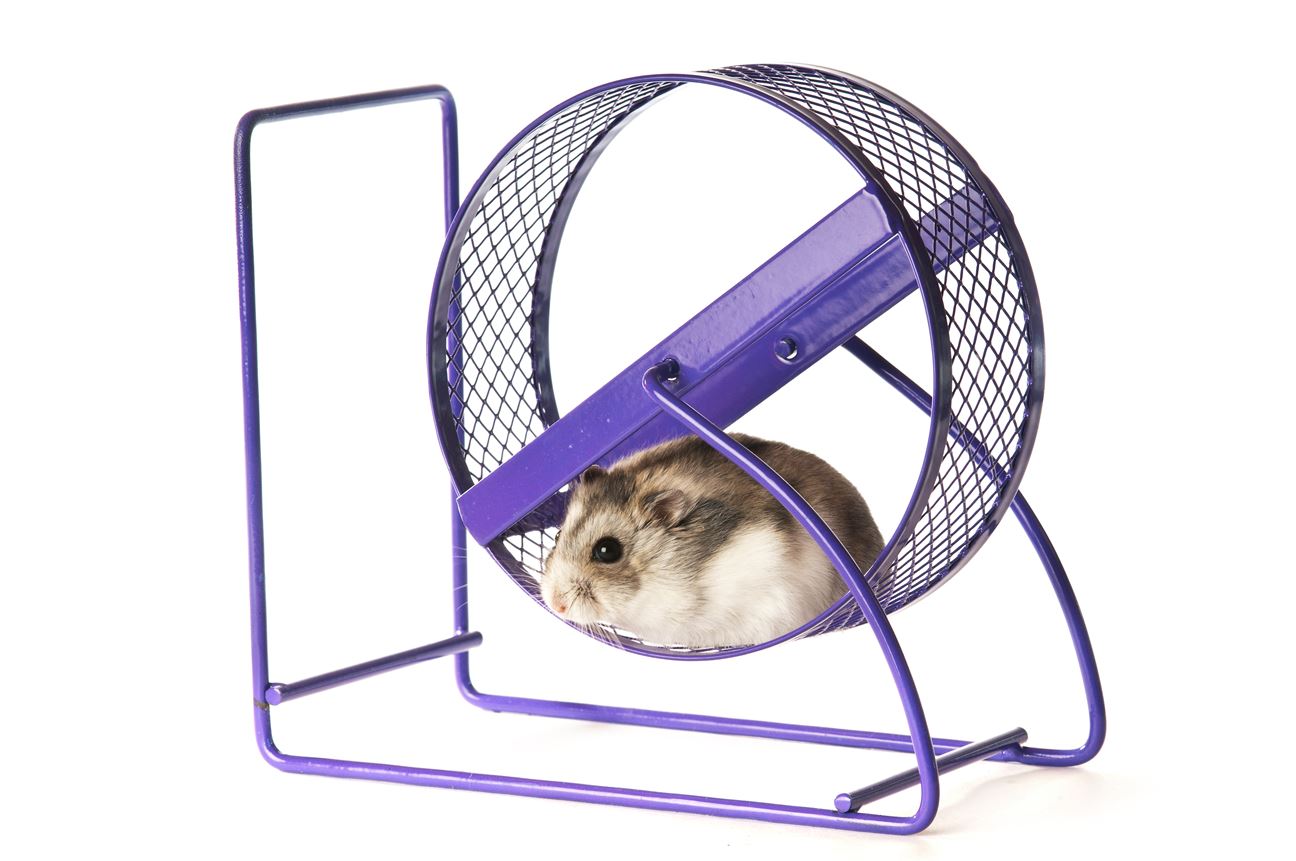Thinking of having a Hamster as a pet? Let’s know more about what one needs to consider about Hamster care.
Hamsters are popular as house pets as they’re super fun and interact well with people and the environment. Hamsters belong to a subfamily of rodents called Cricetinae and are usually underground while in the wild to be safe from the predators. Hamsters are usually not very active in the daytime. They are known to be primarily active during the twilight period, and most hamsters are observed to be nocturnal.
Hamster as a Pet 101
- Avoiding the initial discomfort: Your hamster needs to feel safe in the area you’ve put them in. Check if the place is not too windy or extremely sunny. A comfortable environment will help your hamster stay healthy and happy. Avoid areas where it’s usually moist. This will make the Hamster extremely uncomfortable and can also cause a foul smell.
- Getting to know your family: If it’s convenient, try to keep the hamster habitat where everyone is. It helps them recognise smells and people, which makes them feel comfortable. Having said that, make sure they aren’t placed in an extremely noisy place as that’ll end up messing up their sleep cycles.
- Bonding time is important: When the hamster is new, he might not recognise you. If you try to pick it up and play with it when they’re new, they might feel scared and be reluctant to know you. Try and let them be with minimal physical interaction. You can work on this gradually and increase the frequency of bonding sessions until your hamster begins to trust you.
Training a Hamster
Just as humans, hamsters are easier to train while they’re young. An older hamster may have sets of previous experiences and learnings and hence may lead to difficulty in the training process. Training a hamster is more about building trust so that one can spend time and play with the hamster. Here are a few ways you can build trust with your pet:
- Treats: Training is easier if you know your hamster’s favourite treat. Try offering a treat and observing its movements. When your pet takes the treat from you, let it also explore your hand.
- Don’t make the first move: Let your hamster come to you. When this begins to happen frequently, you can go ahead and pick it up. It may refuse to stay on your hand in the beginning, but be gentle and it’ll soon begin to feel safe. Once the hamster is comfortable, it will crawl up your body. Make sure it doesn’t fall off on a hard surface as it may hurt itself.
- Be gentle and forgiving: A very frequent question is 'How to tame a hamster?'. It may happen that when the hamster is new, you might have to pick it up to clean the cage. Hamsters don’t usually bite unless they feel scared. Avoid waking them up when they’re sleeping and making them fear. This might be stressful, but you can use cups and soft cloth rolls to make the hamster move into a cup/ bowl. If it hurts you, remember it just felt threatened. Be as gentle as possible to avoid this developing as a strong behavioural pattern.
The Right Nutrition for Hamsters
Hamsters are not hard to feed as they require very little food; usually, an evening feed is ideal. They usually have cheek pouches that extend along the sides of their head and neck. Hence, it’s difficult to know if their appetite is satisfied because they tend to fill in their large cheek pouches and secure the food in a safe place for future consumption. This behaviour is extremely natural and exists because of their instincts of living in the wild where they gather food and carry it back to their nest. Hence, it’s important to clean the food bowl daily. You can consider the following diets for your hamster:
- Pelleted hamster diets make a balanced diet. If this is not preferred by your hamster, make sure you add it in the other food you offer.
- A seed diet can be extremely nutritious unless the hamster does not choose its favourite seeds and ignores the rest.
- Packaged food - Good brands are making nutritious hamster food. You may consult your vet for it. Keep in mind that a variety of food products will make your pet happy, but make sure to check for their favourites.
- Human food options- Hamsters also eat fresh vegetables, fruits, seeds, grains, and nuts (unsalted). However, excessive greens and veggies can disturb their digestive systems. Remember, they need protein in their diet.
Some safe human food that can be offered includes:
Vegetables such as broccoli, cauliflower, lettuce, spinach, and small portions of carrots, cooked brown rice, small pieces of chicken, sweet potato, strawberries, cucumber, (Seedless), and cooked potato. Cheese can be used as a special treat.
Foods to Avoid
- Chocolates - Chocolate ingestion can lead to the release of a larger proportion of theobromine and can remain in the body for a prolonged period. The hamster body will not react well to this and can suffer from testicular damage.
- Caffeine - This can affect their central nervous system and can lead to extreme stress and could be lethal.
- Garlic and onion - These could lead to a risk of toxicity and can lead to blood disorders.
- Raw potato - This can easily upset the hamster’s stomach and cause diarrhoea.
- Apple seeds - Contains cyanogenic acids that can be poisonous.
- Salts - Avoid salt as it’s extremely disadvantageous. You can opt for hamster mineral chew instead.
Fresh clean water is a must, and there are convenient bottles available in the market. The water must be checked at regular intervals and must be changed daily.

Hamster Cage Types
Hamster cages are an important aspect to consider as it’s your pet’s habitat as well as a part of your house aesthetics and hygiene. You can use various products to make a habitat for your hamster. Just make sure none of the products have sharp edges.
- Wired cages: Wired cages make a great hamster cage. They provide good ventilation and are easy to clean. The wires also allow your hamster to climb and have a good time. You’ll have to keep a close eye to make sure your hamster doesn’t begin to chew on the metal bars as this can lead to oral infections.
- Glass tanks: This type allows you to watch the activities of your hamster. It provides a larger area for your hamster to move around. You can use DIY products to make compartments and furnish the habitat well. Tanks, however, can be difficult to clean and restrict the climbing instincts of your little one.
- Plastic cages: These habitats could work well but are also more prone to be chewed by your pet because of the constant growth of their teeth. Hamster’s teeth grow continuously. In the wild, to keep their teeth short, they bite the wood or twigs. Without this, their teeth will eventually grow long and would injure the roof of the mouth.

Hygiene Factors That You Need to Consider
Another important part is keeping the cage clean. Hamsters have scent glands on their backs, which help them secrete an identifiable smell. They rub their body against objects. This helps them to associate better with the place to recall.
Cleaning too often eliminates the smell, and your pet might feel uncomfortable. At the same time, being negligent can cause a lot of foul smell in the house and might lead to ticks and insects in the cage that may be harmful to the pet. A good amount of absorbent bedding is required to control moisture and also because hamsters are natural diggers for multiple purposes like food storage and nesting.
Bedding can be of three categories:
1. Shavings
2. Pellets
3. Strips
Types of bedding you can consider are:
- Wood shavings - These are the most recommended as they are extremely absorbent. They have great utility and also let your hamster satisfy its burrowing instincts. Aspen shavings are the best and keep your hamster healthy. Avoid cedar and pine wood shavings — these react with the urine, cause allergic reactions and even respiratory problems for the little critter.
- Wood and paper pellets - This is also an ideal bedding type. They are more absorbable than wood shavings.
- Cardboard and shredded paper shavings - These are an option when you can’t find the above. Your hamster's comfort with cardboard needs to be assessed as it may feel it to be coarse. While using paper, make sure it’s white paper as the ink can cause infections.
- DIY bedding options: You may use toilet paper, facial tissues, or paper towels. Brown paper bags can also be of help in DIY bedding.
Your Hamster Needs Enough Exercise
Hamsters need physical activity to stay healthy and happy. There are a lot of hamster exercise toys that keep the hamsters busy and help them with the exercise. Some highly recommended toys are:
- Hamster wheel - This keeps your hamster healthy as well as occupied. The wheel, however, needs to be of the right size. Your hamster’s back should not look arched while on the wheel. Check if your hamster is running on the wheel too much. This might exhaust it and can also affect its appetite.
- Hamster ball - Hamster ball is the best form of exercise if it’s placed in a secure environment. The ball allows the hamster to move around in the house safely. Check the material of your floor before this activity. It may cause the ball to roll fast and might as well flip your hamster inside. Hamsters have poor vision, hence a transparent hamster ball is suggested.
- Tunnels and tubes - Hamsters love tunnels and tubes. You can consider a cage that comes with an attachable wheel and tubes, but you can also use toilet paper rolls and plastic tubes.
